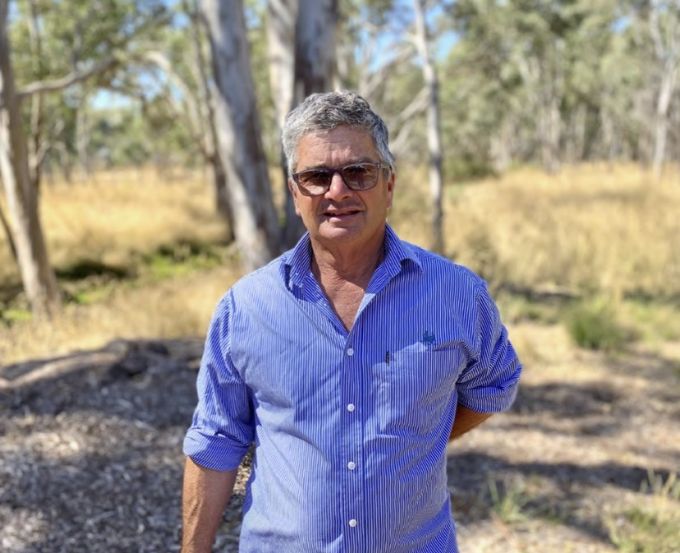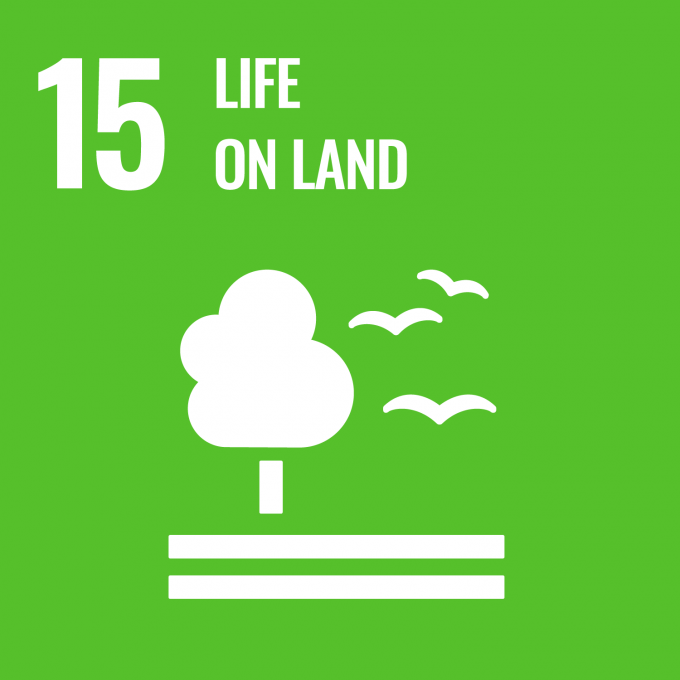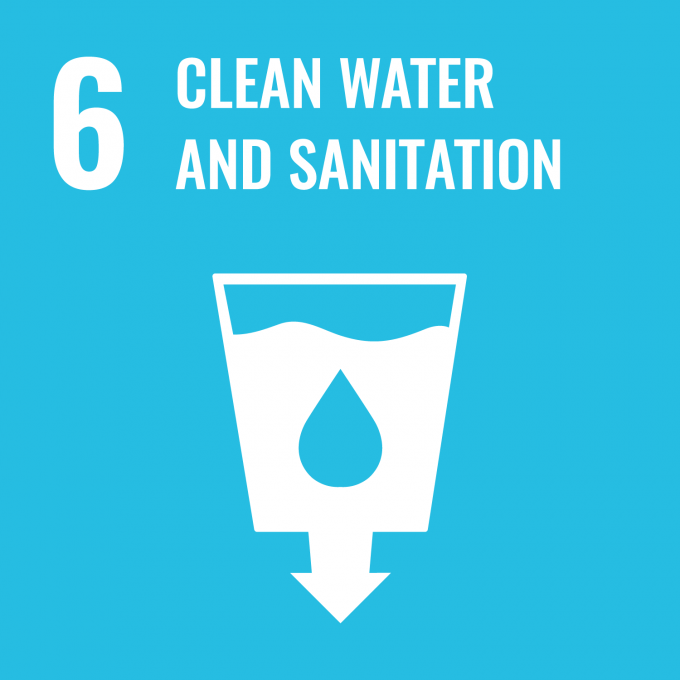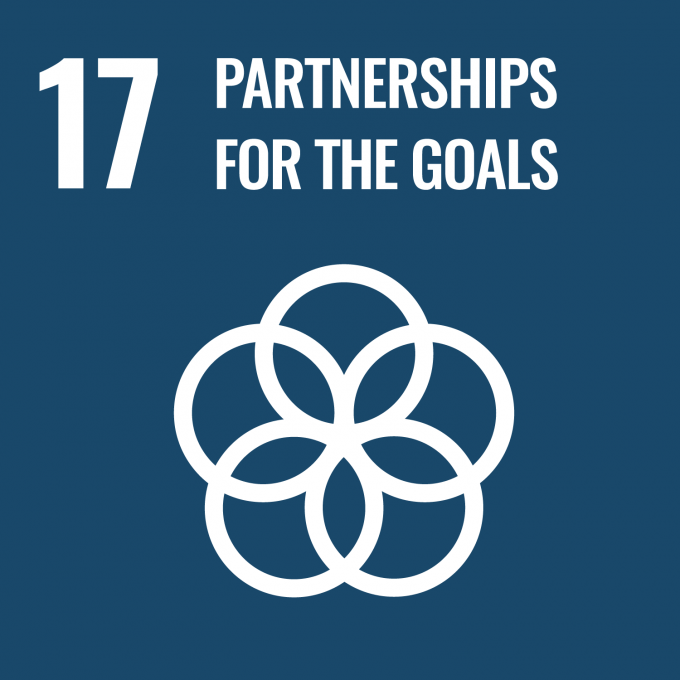Itinerary
Tour day-by-day
-

Day 1: Duck Lagoon & Lathami Conservation Park
Upon flying into Kangaroo Island, guests will be greeted by an Island guide. The first stop is Duck Lagoon – a freshwater billabong where typical encounters include: White-eared, White-naped and Brown-headed Honeyeaters; Crimson Rosellas; Superb Fairy-wrens; Black Swans; Grey and Chestnut Teals; Yellow-billed Spoonbills; Pacific Black Ducks; Australasian and Hoary-headed Grebes; Chestnut-breasted Shelducks; Little Pied Cormorants; and (seasonally) Freckled Ducks.
After enjoying a delicious morning tea, guests will venture to Roper’s Gums – a tall Eucalyptus forest where guests will learn about the the endemic Glossy Black Cockatoo recovery plan. After viewing the beautiful headwaters of Cygnet River, guests will arrive at a private lunch site and a seafood barbeque lunch. This area is home to Koalas; Crescent & New Holland Honeyeaters; Eastern Spinebills; Grey Fantails; Rainbow and Purple-crowned Lorikeets; Yellow-tailed Black Cockatoos and a selection of smaller bush birds.
 "The bird species most people hear about is the Glossy Black-Cockatoo. They can be elusive until you understand their habitat and behavioural patterns, but since we live in their habitat we know where to find them. The Glossies are one of the 17 island sub-species which have developed in isolation and guests are often keen to learn about the subtle differences of the island populations.”
"The bird species most people hear about is the Glossy Black-Cockatoo. They can be elusive until you understand their habitat and behavioural patterns, but since we live in their habitat we know where to find them. The Glossies are one of the 17 island sub-species which have developed in isolation and guests are often keen to learn about the subtle differences of the island populations.”Tim Williams - Guide
After lunch, travellers will explore Lathami Conservation Park, which protects the habitat of the Glossy Black Cockatoo.
In this area, it is common to encounter Kangaroo Island Kangaroos; Tammar Wallabies; Scarlet Robins; Brown Thornbills; Grey Shrike Thrush; Short-beaked Echidnas; Golden Whistlers; and Beautiful Firetails. Ending the day at the gorgeous Stokes Bay, guests will enjoy the opportunity to spot Australian Pelicans; Eastern Reef Herons, Hooded Plovers and White-bellied Sea-eagles, before arriving to American River.
Mercure Kangaroo Island Lodge (dinner/bed/breakfast)
-

Day 2: Seal Bay & Flinders Chase National Park
Guests will have the option of an early morning birding excursion in the bush adjacent to the hotel or along the American River shoreline. Glossy Black Cockatoos are frequent encounters, as are Grey Currawongs, Little Corellas, Galahs and Black-faced Cuckoo-shrikes. Along the shorelines, there are often Pied Oystercatchers, Royal Spoonbills, Black Swans, Grey Teals, Australian White Ibis and Australian Pelicans. Rufous Night Herons often roost in the large pines opposite the fire station. Guests will arrive back to the hotel for breakfast before departing at 8:30am.
During the drive to Seal Bay, the first main destination for the day, guests should look out for Raptors. Possibilities include Wedge-tailed Eagles, Swamp Harriers, Australian Kestrels, Black-shouldered Kites and Brown Falcons. At Seal Bay, guests will enjoy a private guided Australian sea-lion experience. The sea-lions share the beach with Caspian and Crested Tern, Sooty Oystercatchers and Hooded Plovers. Overhead, it is common to see White-bellied Sea Eagles and Ospreys. The headland to the west is a prime habitat for Great and Pied Cormorants.
Next is Point Ellen where seasonal encounters include Rock Parrots, Fairy Terns and Little Penguins can sometimes be found in burrows near the beacon. Guests will keep an ear out for Southern Emu-wrens, Purple-gaped Honeyeaters and Western Whipbirds in the heath and mallee. Encounters for the rest of the day can include Cape Barren Geese, Crescent Honeyeaters, Little and Red Wattlebirds, Striated and Spotted Pardalotes, Australian Ravens, Koalas, Kangaroo Island Kangaroos, Short-beaked Echidnas, Rosenberg’s Goanna (seasonal) and Tammar Wallabies.
On return to American River, world echidna expert Dr Peggy Rismiller will join guests for dinner and an after dinner presentation on the field-based research programme she and her partner have been undertaking for almost 30 years.
Mercure Kangaroo Island Lodge (dinner/bed/breakfast)
-

Day 3: Bay of Shoals, Kingscote & D'Estrees Bay
There is an option to take another early morning birding walk as per the previous day, with a 8:15am departure from American River. This morning, guests will go out on the ocean on a boat to get a close look at the Busby Islet. The group will observe numerous birds from the sea, as this is a prohibited area to protect breeding Australian Pelicans, Royal Spoonbills, Black-faced and Pied cormorants, Australian White Ibis and potentially many other species including international migratory species seasonally (Nov – Mar). White-bellied Sea Eagles constantly harass the nesting birds, providing an excellent chance to see Black Swans and chance encounters with Bottle-nosed Dolphins.
 "I spent most of my childhood years here and know the island intimately. I’m thrilled to use my knowledge and show visitors what the island is all about. We have so much habitat in a very confined area on Kangaroo Island, that birds are easy to find without much travelling. We’re spoilt when it comes to birds.”
"I spent most of my childhood years here and know the island intimately. I’m thrilled to use my knowledge and show visitors what the island is all about. We have so much habitat in a very confined area on Kangaroo Island, that birds are easy to find without much travelling. We’re spoilt when it comes to birds.”Tim Williams - Guide
Guests will have lunch at Reeves Point, providing a chance to learn about the settlement history of the island and often turns up quite a few birds – depending on the season. After lunch, a visit the Kingscote Oxidation Pond provides the opportunity to spot a good cross-section of waterfowl on the ponds and the adjacent Cygnet River Estuary is always worth a look. The afternoon includes a visit to D’Estrees Bay (Hooded Plovers, Ruddy Turnstones (seasonally), Ospreys, Rock Parrots (seasonally) and a quick look at one of the MacGillivray Wetlands on the way back to the airport if time permits.
-

Tour details
Pick-up and Drop Off Point: Kingscote Airport or accommodations.
Pick-up and Drop-off Time: Approximately 9:00am day one and 6:00pm day three.
Languages: Translation services private tours available for French, German, Italian and Spanish (must be a private tour)Recent Awards
WINNER TripAdvisor Certificate of Excellence 2018 • 2017 • 2016 • 2015 • 2014 • 2013
LISTED Top 5 Wildlife Guides by Outside Go Magazine 2015
WINNER Outstanding Contribution to the Tourism Export Industry 2015 by the Australian Tourism Export Council
WINNER World's Best Specialist Guide by Wanderlust 2021How you'll be making a positive impact
We have aligned our sustainability vision with the United Nation’s Sustainable Development Goals (SDGs). Citizen Science with Exceptional Kangaroo Island
Citizen Science with Exceptional Kangaroo Island
Exceptional Kangaroo Island contributes observations of flora & fauna via iNaturalist, the world’s leading global social biodiversity network. This platform allows our team to create research-quality citizen science data that enables a more detailed picture of our national biodiversity, and assists bodies such as the CSIRO, ecologists and other decision makers to deliver better outcomes for the environment and our species.
 Protecting Subspecies and Iconics of Kangaroo Island
Protecting Subspecies and Iconics of Kangaroo Island
To reinforce responsible behaviours around iconic species unique to the island, Exceptional Kangaroo Island has developed a Wildlife Code of Conduct and Guest Briefing Card referencing responsible behaviours for iconic species including the Glossy-Black Cockatoo, Hooded Plover, Australian Sea-lion, Kangaroo Island Kangaroo and Short-beaked Echidna.
 Creating Feeding Habitat for the Glossy Black Cockatoo
Creating Feeding Habitat for the Glossy Black Cockatoo
Exceptional Kangaroo Island’s tour base in Cygnet River includes an aerobic waste water management unit that captures and recycles water from the office, commercial kitchen, bathrooms and wash bays. That water is then used to water the surrounding plants and trees - including the primary food source for the endangered Glossy Black-Cockatoo.
 Developing Partnerships To Meet Sustainability Goals
Developing Partnerships To Meet Sustainability Goals
Exceptional Kangaroo Island have developed a number of partnerships with key environmental organisations on Kangaroo Island and more broadly in South Australia, including Bio·R, Pelican Lagoon Research Station, Kangaroo Island Land for Wildlife, National Parks & Wildlife South Australia and Birdlife Australia.














